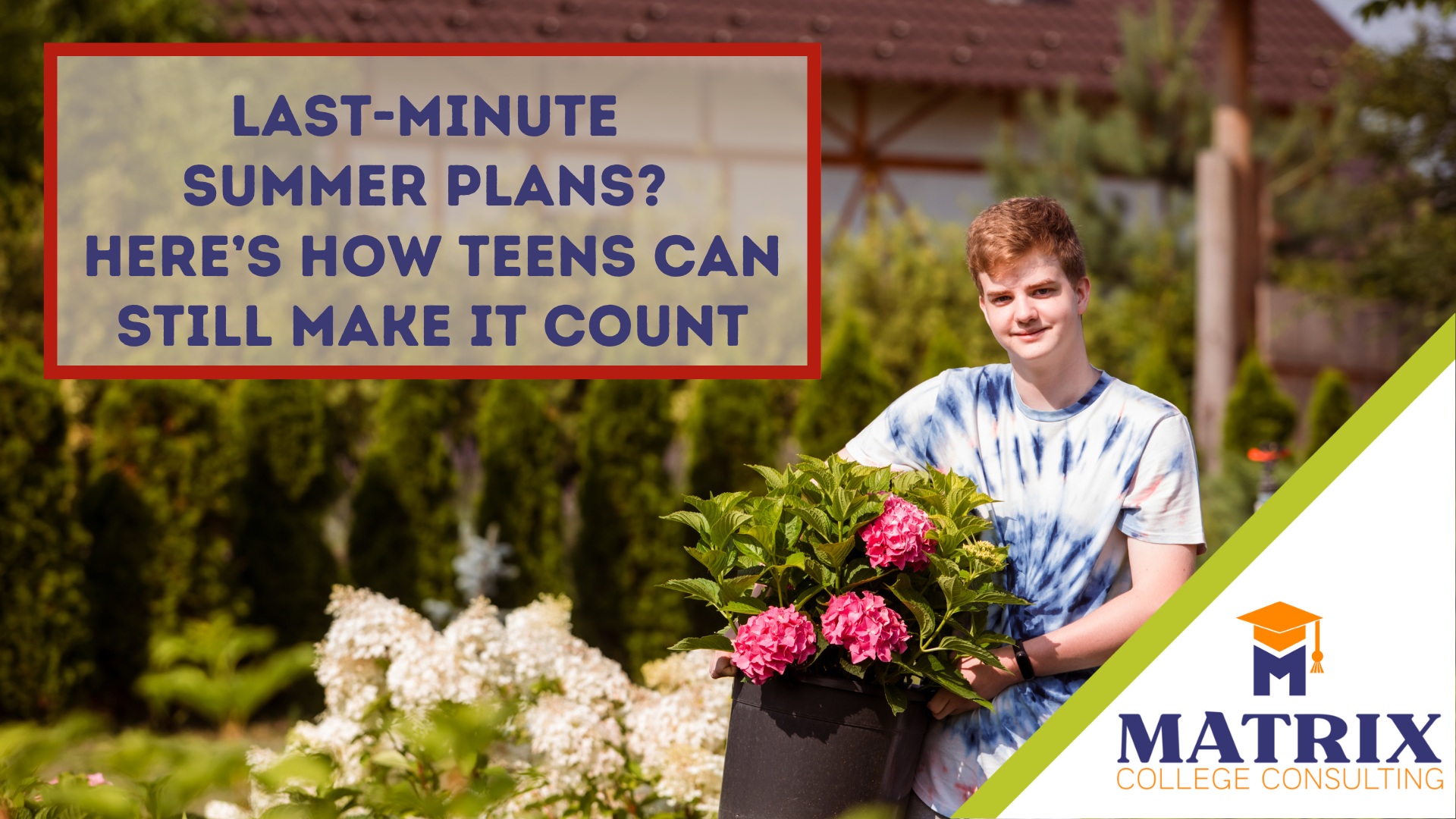
The college application process is an exciting yet stressful journey for students and their families. One of the most crucial steps in this process is building a balanced college list—one that includes a mix of low-likelihood, medium-likelihood and high-likelihood schools. An unbalanced list can lead to unnecessary stress and disappointment, while a well-crafted one ensures students have viable options that align with their academic profile, interests, and financial considerations.
Understanding the Three Categories
- Reach (Low-Likelihood) Schools – These are institutions where a student’s academic credentials (GPA, standardized test scores, coursework, etc.) are below the school’s average admitted student profile, or where a very low number of students are admitted generally. While acceptance is unlikely, applying to a few reach schools can provide students with the opportunity to aim high.
- Target (Medium-Likelihood) Schools – These are colleges where the student’s academic profile closely aligns with the school’s average admitted student. While acceptance is not guaranteed, students have a strong chance of being admitted.
- Safety (High-Likelihood) Schools – These are schools where the student’s credentials exceed the average admitted student profile, making acceptance highly likely. Safety schools should still be institutions the student is excited about attending.
Why a Balanced List Matters

- Reduces Stress and Uncertainty – Applying only to reach schools can result in multiple rejections, while applying only to safety schools may lead to a feeling of missed opportunities. A balanced list increases the likelihood of having choices when decisions are released.
- Maximizes Opportunities – By applying to a range of schools, students can compare financial aid offers, scholarships, and program strengths to make an informed decision.
- Ensures a Good Fit – A well-rounded list allows students to evaluate a variety of institutions in terms of academic programs, campus culture, and extracurricular opportunities.
- Protect Against Unknowns – Colleges adjust their admissions priorities each year based on institutional goals, which means what mattered most last cycle—like test scores or specific majors—might shift to focus on different majors, geographic balance, or first-generation students the next.
Tips for Creating a Balanced College List
- Research Extensively – Look beyond rankings and prestige to consider factors like location, campus life, available majors, and financial aid.
- Be Realistic and Reflective – Consider academic strengths, career goals, and personal preferences when selecting schools.
- Aim for a Mix – A good rule of thumb is applying to 2-3 safety schools, 3-5 match schools, and 2-3 reach schools.
- Consult Counselors and Mentors – Seeking guidance from college counselors, teachers, and family members can help refine choices and set realistic expectations.
Final Thoughts
A balanced college list is essential for a successful application journey. By ensuring students have a mix of reach, target, and safety schools, they can approach the admissions process with confidence and optimism. The goal is not just to get into college but to find a place where students will thrive academically, socially, and personally. If you have any questions on college guidance or admissions, please reach out to me for a free consultation.





